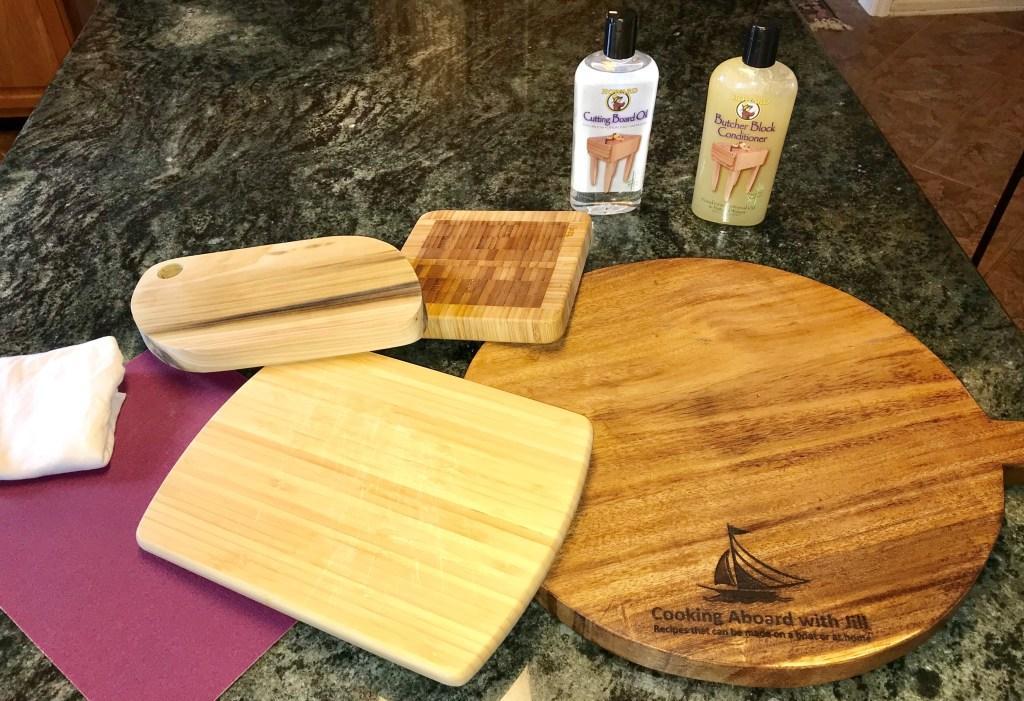A good set of knives and an array of different types of cutting boards is a must for a well-stocked kitchen. It is nice to have different sizes depending on what you are cutting or slicing. But I think cutting boards can also be taken for granted. So, I started wondering about the history. This might be because my latest hobby is making them out of different types of wood and using some helpful wood shop machines.
Since prehistoric ages, wood has been used in the preparation of food. I visualize cavemen using a half-cut tree for the surface to cut up the kill of the day. But throughout the years and as the invention of machines has taken off, the making of a cutting board has come a long way. Recently I took some wood shop classes learning how to use a planer, table saw, jigsaw, joiners and wide drum sanders on various types of wood including poplar, walnut, cherry and ash. And this experience has given me a new appreciation for the cutting board.
Cutting boards are also different around the world. In Asia, they use thick bamboo as their choice of material. It is common for the Europeans to use maple in making their cutting boards while Persians use flat pieces of polished wood. Now we see cutting boards being made of other materials such as plastic. But no mater what the type of cutting board you use, it has the same function to provide a safe and clean surface for preparing food.
Cutting boards are easy to take care of with just a few steps. I like to look at the cleaning instructions you sometimes get on a sticker on the board. The obvious one that is funny is don’t put your wood boards in the microwave or dishwasher. However, the plastic boards are usually dishwasher save. After you are done using your cutting board, be sure to wash it with warm soapy water, rinse and dry with a towel. I recommend doing this each time you use your cutting boards to reduce the risk of contamination from food. If the board is starting to look dry, buy some food grade cutting board oil from your local hardware store. This type of mineral oil is usually enriched with vitamin E and is not only colorless, but odorless and tasteless. So, it is perfectly safe to use on your kitchen cutting board. If your wood cutting board has many scratches from use with various knives, you can use a lightweight piece of sandpaper (220 grit) which is good for lightly polishing wood. After sanding, be sure clean with some soapy water, rinse and dry. Then use a clean cloth and some cutting board oil to return your board to a nice finish.

